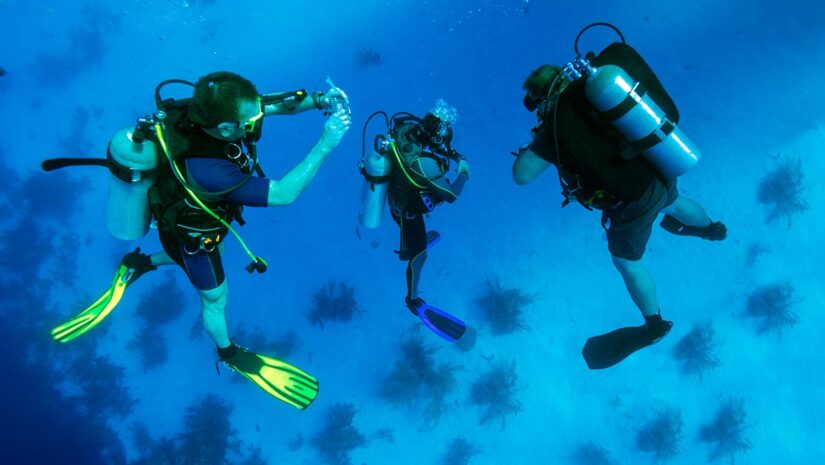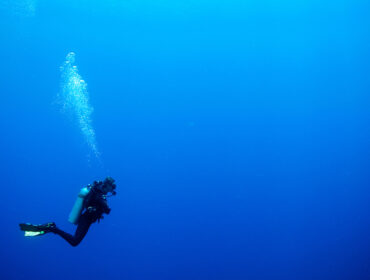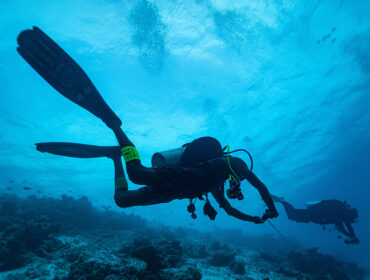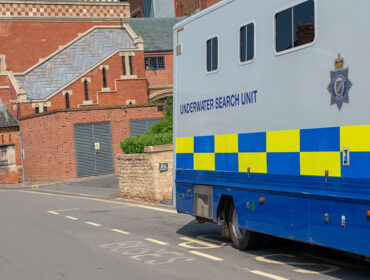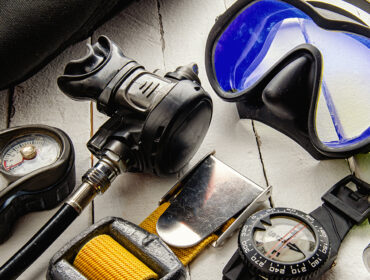Safety stops in scuba diving are there to ensure that we remain safe and free of any risk of decompression sickness. You learn all about safety stops in your Open Water scuba diving course, but here is an overview of what a safety stop is, and why they are so important.
What are safety stops in scuba diving?
A safety stop in scuba diving is a precautionary measure that scuba divers take at the end of a dive, before exiting the water. The idea is to stay for three minutes at five meters deep to allow the body time to get rid of some of the extra nitrogen that is accumulated while scuba diving.
Excess nitrogen can lead to decompression sickness, and although this nitrogen will off-gas on the surface after the dive, staying under a small amount of water pressure makes the process quicker due to partial pressures at depth.
Why you should do safety stops while diving
As mentioned above, when we scuba dive our bodies take on nitrogen, if we stay too deep for too long this nitrogen can become too much and form small bubbles in the blood and tissues. This is what causes decompression sickness — a condition that shows itself in intense pain in the joints, itching skin, headache, tingling limbs, rash, extreme fatigue, nausea, and unconsciousness.
If left untreated, decompression sickness can even lead to death. When we stop at around five meters deep for three minutes at the end of a dive, we allow our bodies to get rid of some of this excess nitrogen at an accelerated rate as on the surface. This is because the partial pressure of the gas is higher at depth (this is also the reason why we take on more nitrogen the deeper we go).
Similar to a bottle of soda, if agitated and opened quickly, the soda spills, but if opened slowly, the soda does not spill.
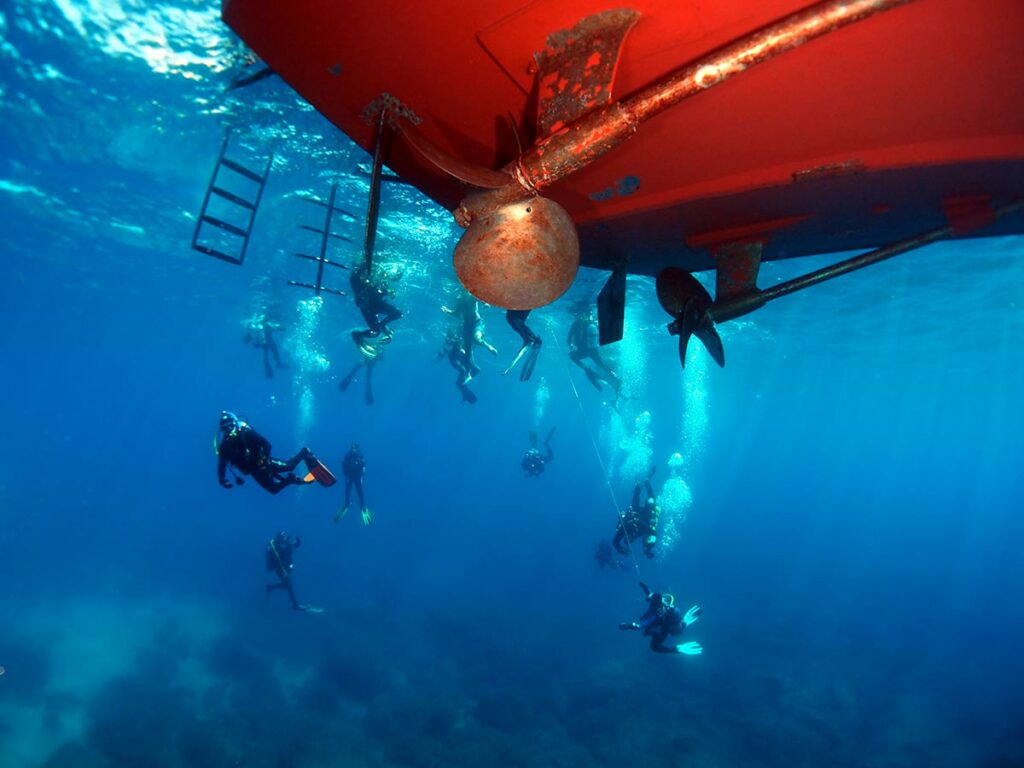
Tips for Better Safety Stops
Here are a few tips to improve your safety stops:
Incorporate safety stops into the dive
You do not have to stay still while performing your safety stop. Depending on the dive site, it is sometimes possible to shallow up gradually towards the end of the dive, and swim for the last three minutes at five meters deep. This counts as your safety stop and allows you to save time and look at the sea life as you go.
Hold onto something
Some divers find it hard to stay at the correct depth for their safety stop. If you are diving in currents, if you get distracted, or if your buoyancy control needs work, you might find yourself getting too deep or too shallow during the safety stop, and having to start it again. To avoid this, you might be able to hold onto a buoy line to complete the safety stop at the correct depth. If there is no line to hold onto, make sure to adjust your buoyancy so that you can hover at five meters deep. Keep an eye on your depth gauge to make sure your depth is consistent.
Ensure you have enough air
Make sure you are starting the safety stop with around 70bar/1000psi of air left in your tank. The aim is always to exit the water with some air left in the tank — you should never let it run to empty. If you start getting low on air during the dive, it is time to start the safety stop and exit the water.
Have fun
You do not need to float, hovering like a statue during your safety stop. You have three minutes to kill so check out marine life, look at the beautiful corals, take some selfies, or play rock, paper, scissors with your dive buddy to stay entertained. Safety stops don’t need to be boring.
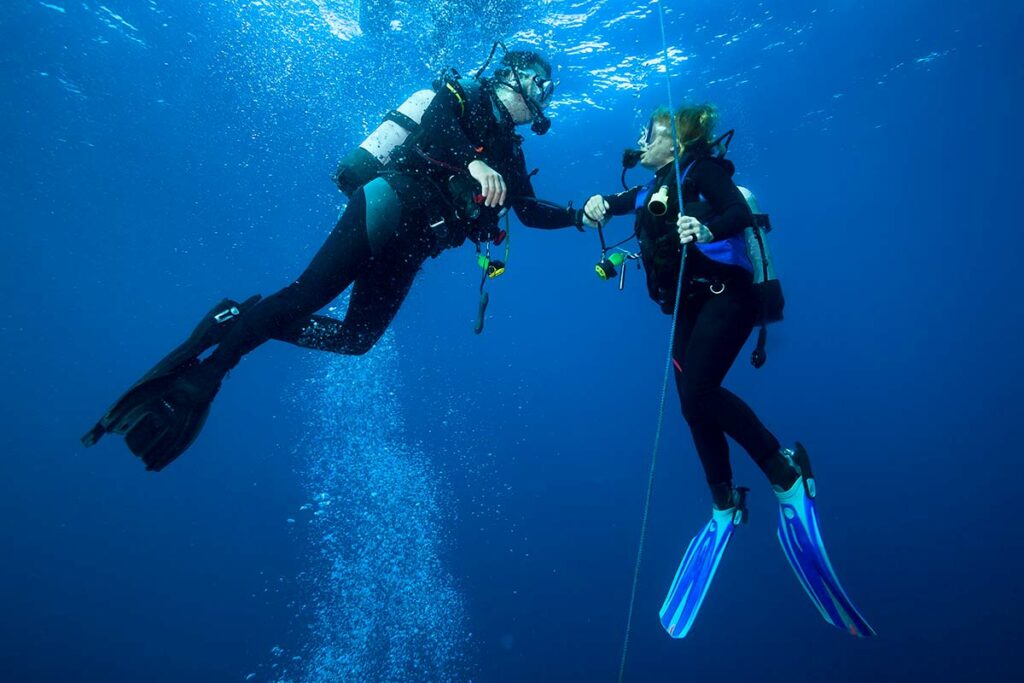
Safety Stops: Frequently Asked Questions
A safety stop is recommended after every recreational dive, regardless of whether you overstay your no-stop limits. We perform a decompression stop when we overstay our no-stop limits. No-stop limits are shown on our dive computers or worked out before the dive using a dive table. This limit is the amount of time that we can stay at a certain depth before it becomes dangerous. These stops are not to be ignored, but if a diver accidentally stays at depth longer than the no-stop limit recommends, they can perform a decompression stop as per their dive computer’s recommendations. This is usually at five meters deep, just as a safety stop is, but it might be extended to seven minutes or longer. If you perform a decompression stop, it is not recommended that a scuba diver goes diving again for a minimum of 24 hours.
A safety stop is recommended after every dive deeper than ten meters (30ft), regardless of whether you have stayed within your no-stop limits. It is a precautionary measure to make sure we stay safe.
A safety stop is performed at between 3-6m (10-20ft) deep, for three minutes.
Just because a safety stop is recommended and not essential depending on the depth of your dive, does not mean that it should be missed. Every diver has slightly different physiology and has a different tolerance to decompression sickness. It is important to err on the side of caution. If a safety stop is missed, you can go back down to depth to restart the safety stop. If you are unable to go back in to do a safety stop, it is probably best to stay out of the water for the rest of the day just to be sure.
Conclusion
Safety stops are a precautionary recommendation to ensure health and safety while scuba diving. It takes only three minutes and could make the difference between developing decompression sickness or not. Never miss a safety stop.

